Why Doesn’t My Wisteria Flower?
- Age
- Pruning
- Sunlight
- Fertilising
- Potting
- Watering
We will look at each of these topics and see how this information can help to achieve a healthy wisteria. It is important to mention that I live in Sydney and therefore any mention of seasons is relative to Sydney. That is:
- Spring- September to November
- Summer- December to February
- Autumn- March to May
- Winter- June to August
Age
- Seed: If the tree is grown from a seed, it can take from 7-15 years for it to be mature to flower.
- Air Layer: If the air layer is taken from a tree that is known to flower, it has been my experience that the tree should flower the next year if the correct maintenance is performed.
Pruning
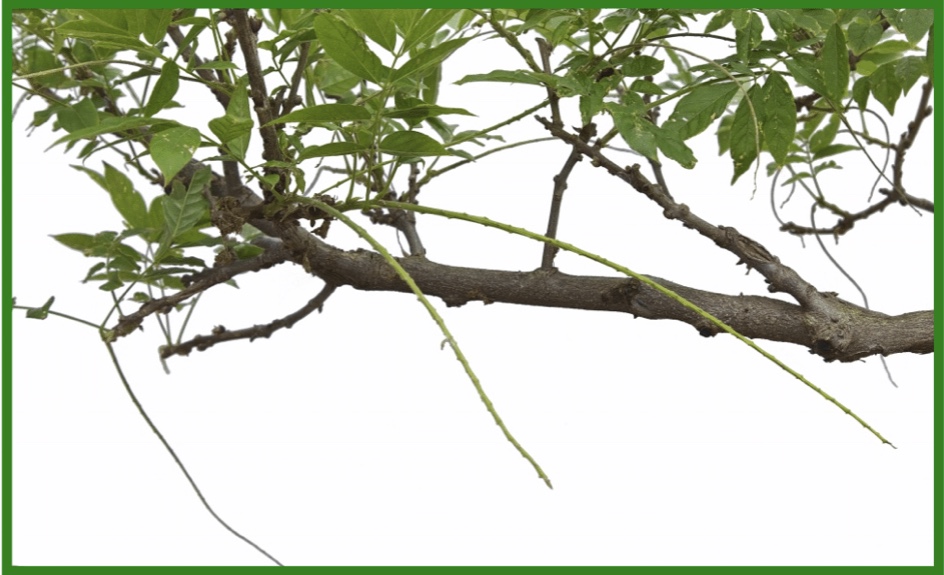
- Pruning is one of the secrets of good flowering.
- After flowering cut off the flower stems (See photo to left).
- The main prune will be done in spring after flowering. You can go all over the tree and cut the growth back to about two branchlets. If you cut any branches that are larger than half a pencil thickness, seal them.
- Prune up to the end of January.
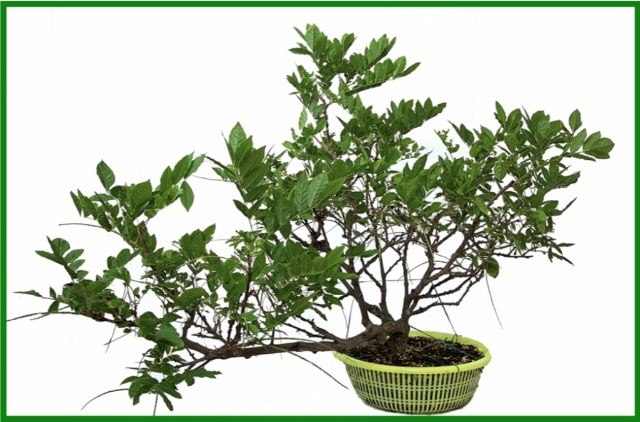
The tree before pruning
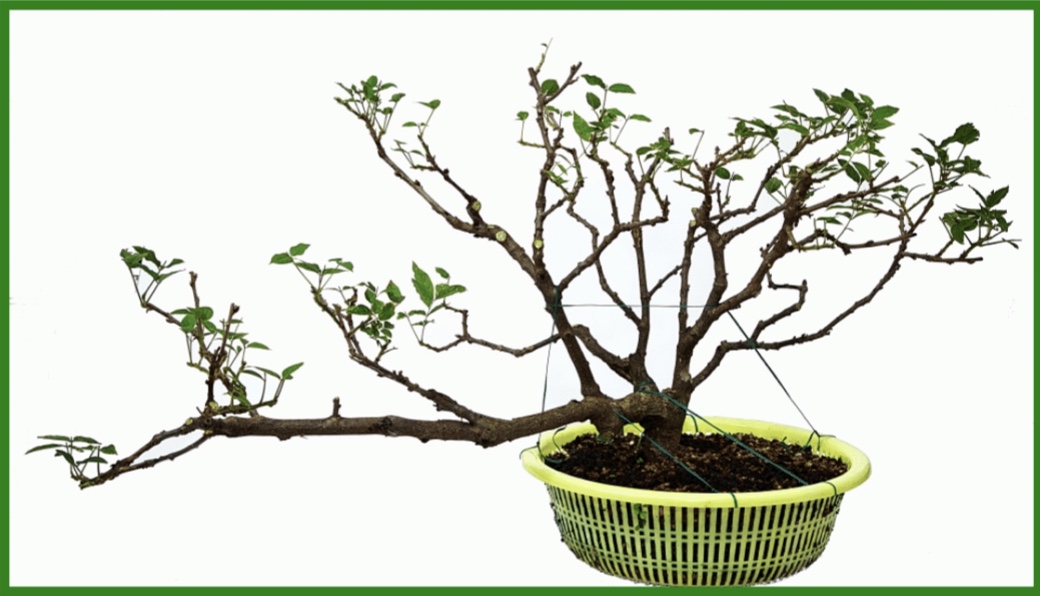
The tree after pruning with some branches removed
- From the end of February to the end of September cut any rampant, whippy growth back to three buds.
Sunlight
Wisterias need a lot of sunlight to flower. It is important for the tree to get at least six to eight hours of sunlight a day.
Fertilising
Wisteria needs the right fertiliser to flower. If the wrong fertiliser is used it will probably produce lush foliage, but few or no flowers.
This is probably a good time to mention what the NPK referred to in fertiliser, actually does. This is a brief breakdown of NPK.
- N- Nitrogen is used by plants for lots of leaf growth and good green colour.
- P- Phosphorous is used by plants to help form new roots, make flowers, fruit and seeds. It is also used by plants to help fight disease.
- K- Potassium helps plants make strong stems and keep growing fast. It is also used to help fight disease.
Wisterias need phosphorous in their fertiliser. If they get too much nitrogen, it will certainly make them look green but won’t help with the flowering. Therefore give them a rich phosphorous fertiliser in August and then in February.
I use two fertilisers, Seamungus and Mega Booster Phosphorous Organic Fertiliser, a tonic and soil treatment, Seasol and GoGo Juice, and two liquid fertilisers, Powerfeed and Charlie Carp.
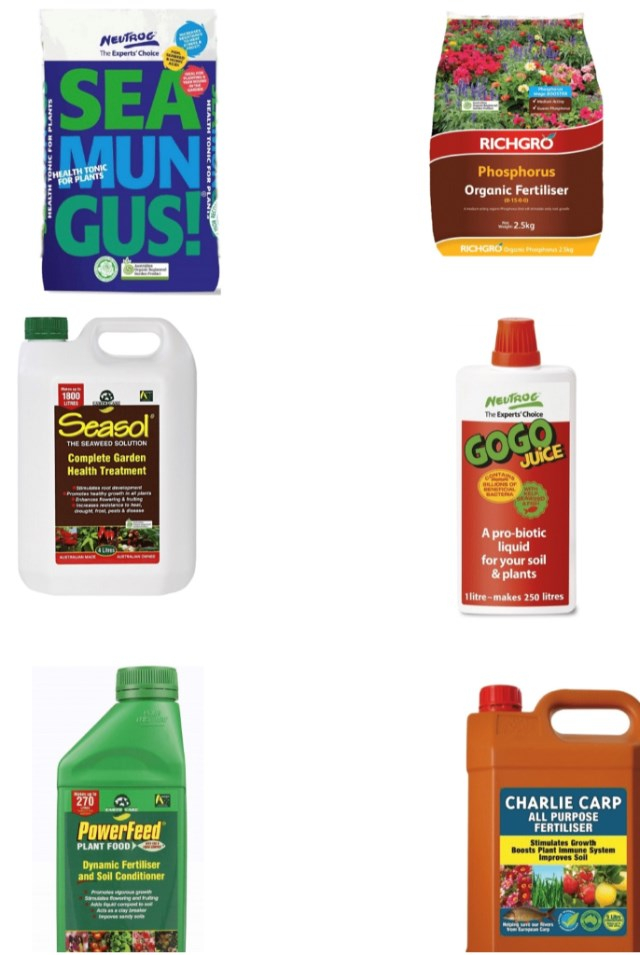
Application of Fertiliser
WARNING: Please be careful when using fertiliser. Wear a mask. Don’t breathe in the dust and wash your hands after use.
- Apply a coating of Seamungus (pellets in photo) and water in
- Apply a coat of Mega Booster Phosphorous Organic Fertiliser (granules in photo). Be careful not to put too much on. Water in.
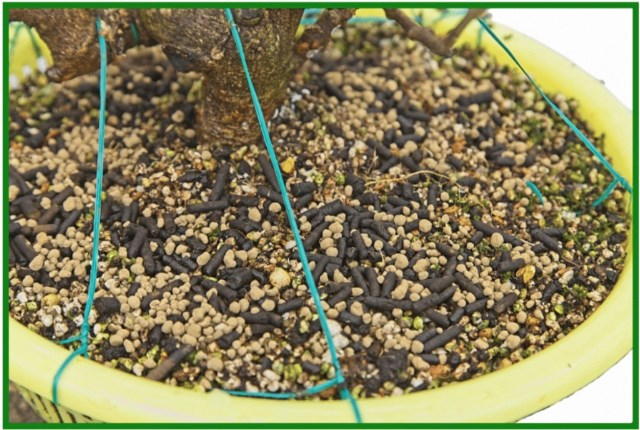
- Let the water drain for half an hour and then give the tree a drink of Seasol mixed with GoGo Juice. Use the following mix per litre of water: 3ml of Seasol and 4ml of GoGo Juice.
- Give the tree a dose of fertiliser in August and another in February.
Repotting
It is important not to over pot a wisteria. They like to be somewhat root bound. The amount of flowers is proportional to the roots.
- Use as small a pot as you can to pot the tree.
- Only repot when the tree is very root bound.
Soil
- The soil needs to drain well but not be too open a mix. I use the mix from Ray Nesci Bonsai Nursery and add some zeolite to the mix. In half a bag of Ray’s mix I put a litre of zeolite (use a measuring jug to get 1L ) and mix well together.
Time
- January
- March/ April
- November/December
Watering
Wisterias are thirsty plants. Make sure they are well watered. During summer, you may find using a watering tray might help. If the tree drinks half or more of the water tray each day you know that extra water is necessary and doing no harm to the tree.
Does It Work?
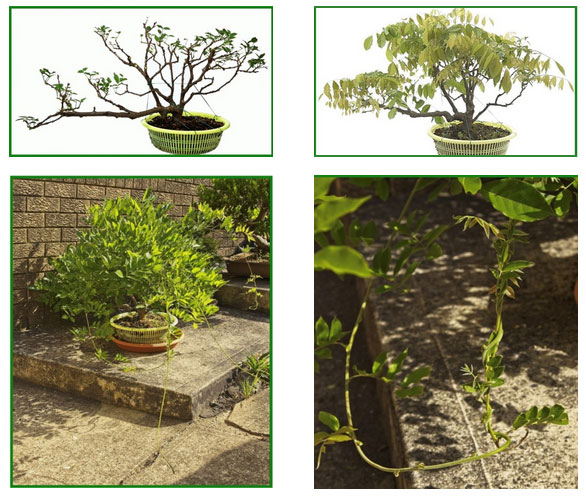
Top left hand photo was taken on 29 November 2017. The top right hand photo was taken on 14 December 2017. This growth developed in 15 days. The bottom left hand side shows the tree before its last cut back before leaving the tree to develop ready for flowering. The cut back was done on 21 February 2018. 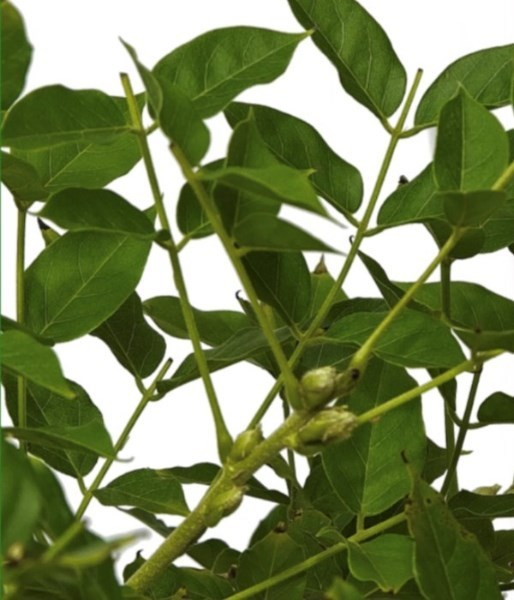 Note how the rampant whippy growth (bottom right hand side photo) has grown back up itself. This whippy growth will attach itself to anything it can get a grip on.
Note how the rampant whippy growth (bottom right hand side photo) has grown back up itself. This whippy growth will attach itself to anything it can get a grip on.
The tree will have a second flowering during December/ January but these flowers won’t be the same size as the flowers produced during the spring flush.
The photo at left shows how much to cut whippy growth back. Leave several buds. Note leaves have also been cut back to pairs of leaves.
The Final Results
These trees were air layered and flowered after the layers were removed and potted. The following photos show the results.
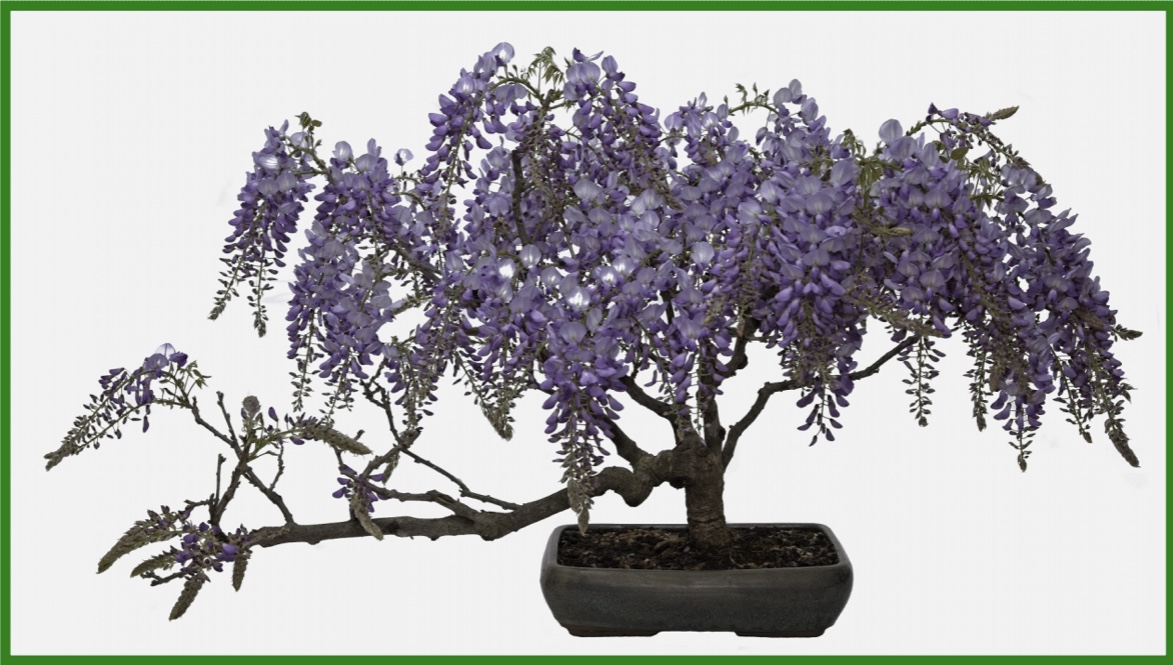
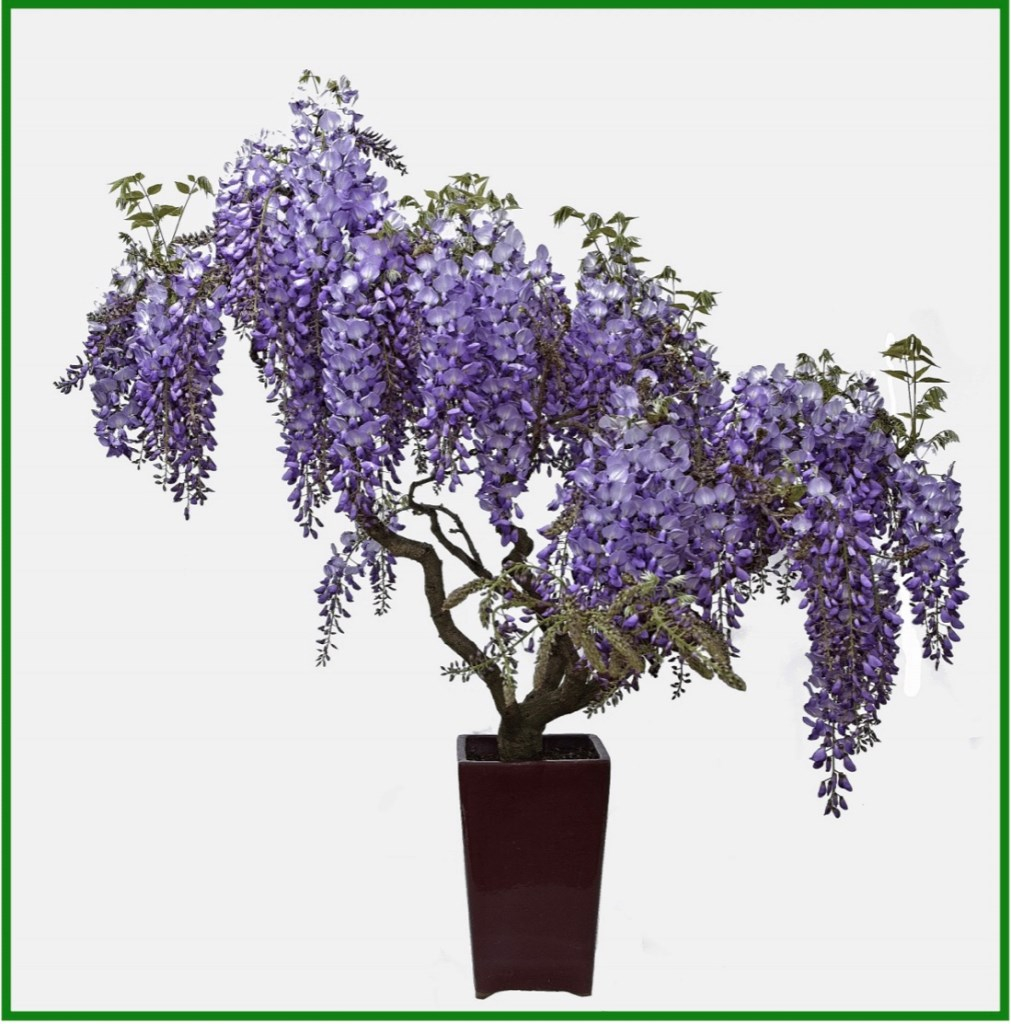

Comments are closed.